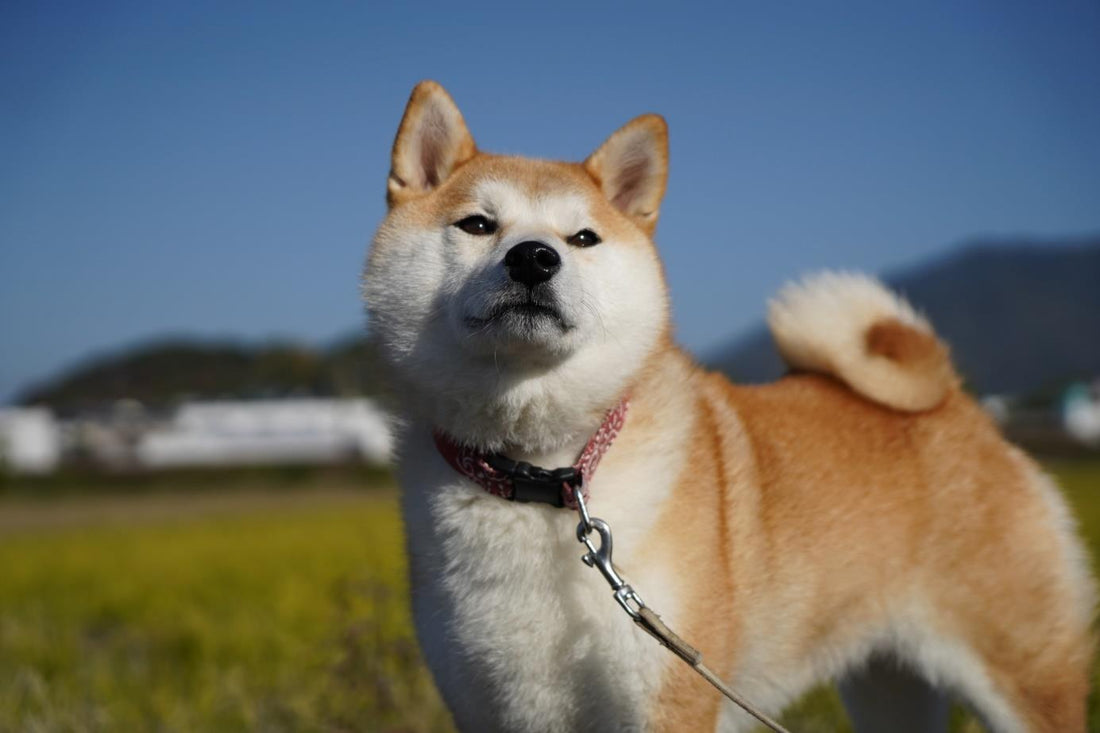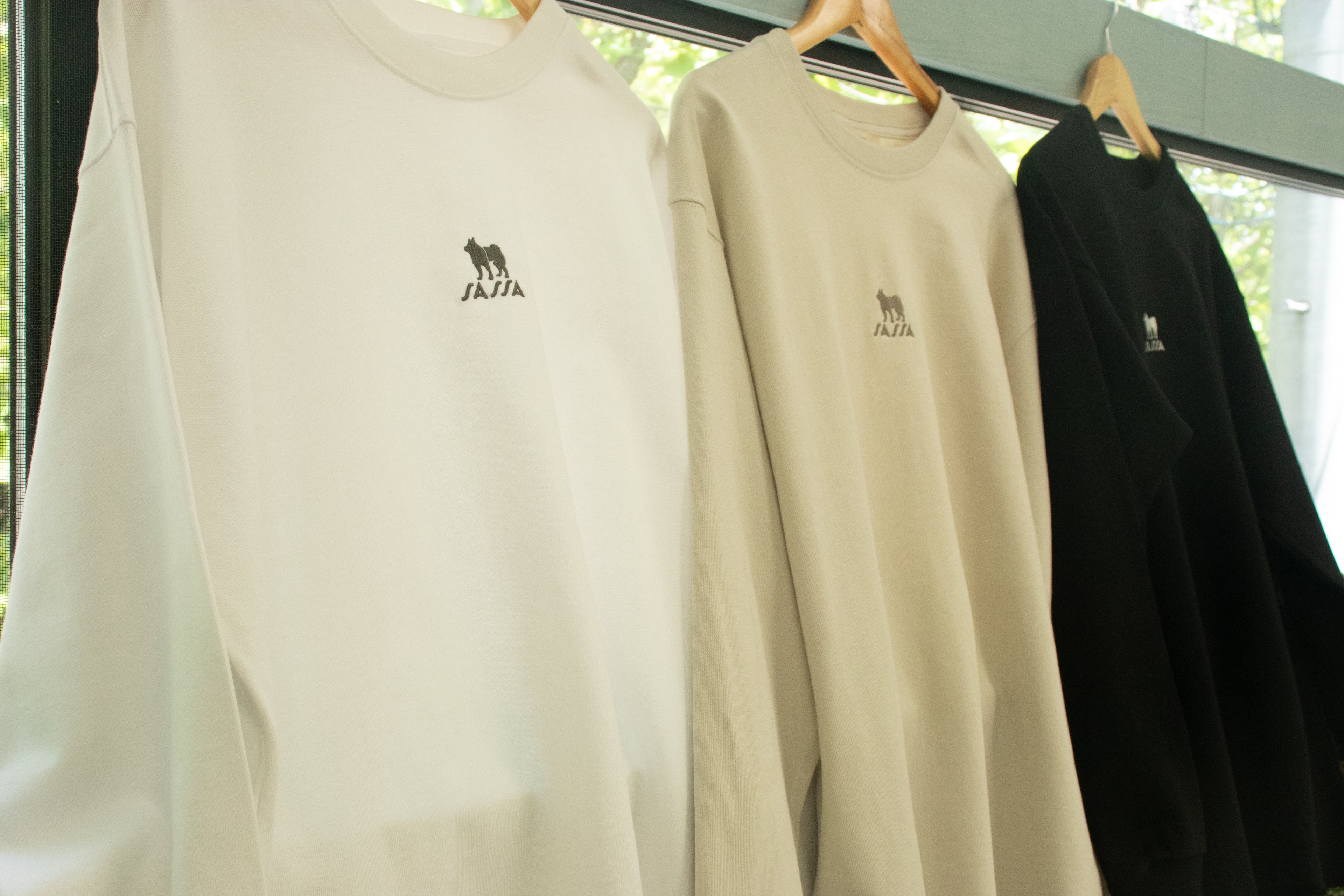
What kind of dog is a Shiba Inu? Pedigree and history of Shiba Inu: Origin of traditional Japanese dog breeds
Share
The Shiba Inu is small but has a dignified expression and a loyal personality to its owner.
In this article, we have summarized the history, appearance, and personality characteristics of the Shiba Inu.
We also explain the diseases that Shiba Inu dogs are susceptible to.
If you love Shiba Inu or want to know more about Shiba Inu, please refer to it.
History of Shiba Inu

The ancestor of the Shiba Inu is an indigenous dog from ancient Japan.
They have been bred since BC due to their great talent as hunting dogs.
In fact, bones of Shiba Inu ancestors called ``Jomon Shiba'' have been excavated from ruins from the Jomon period.
In addition, the Shiba Inu lineage includes the Shinshu Shiba Inu, Mino Shiba Inu, and Sanin Shiba Inu, and genetic research has shown that the Sanin Shiba Inu is an internal breed that is genetically slightly different from other Shiba Inu.
In response to the decline in the number of Japanese dogs bred due to the import of Western dogs, the Japanese Dog Preservation Society, established in 1928, established the Japanese dog standard along with the Akita, Kai, Kishu, Shikoku, and Hokkaido dogs. Now protected.
In 1933, it was designated as a national natural monument.
Characteristics of Shiba Inu

What are the characteristics of the Shiba Inu?
Here we will introduce the various characteristics of the adorable Shiba Inu, from its appearance to its personality.
size
The standard body size of the Shiba Inu is 40 to 50 cm in length and 10 to 13 kg in weight.
According to JKC, which issues pedigrees in Japan, the ideal height for males is 39.5 cm and for females 36.5 cm. In addition, the allowable range is 1.5cm from top to bottom.
By the way, ``Mameshiba'' is a general term for small-sized dogs that do not meet the breed standards set by the JKC or the Japanese Dog Preservation Society.
Like the smaller Azuki Shiba, this is an unofficial breed.
coat
The Shiba Inu has a double coat consisting of a hard outer coat and a dense, soft undercoat.
In the winter, the amount of hair increases to withstand the cold, and on the other hand, from spring to summer, the hair falls out all at once. Brushing is essential to prevent hairballs and skin diseases caused by poor ventilation.
The coat color is red, blackish brown, and sesame. Sesame is a hair that is a different color from the ground color, and there are black sesame, red sesame, etc. due to this color difference.
In addition, ``Ura-shiro'' is standard, with the underside of the tail being white from the chin to the neck, chest, and belly.
look of face
There are actually two types of Shiba Inu faces: a fox face and a raccoon dog face. The fox face is long and the body is slender. It is characterized by being shallow from the forehead to the bridge of the nose.
In addition, the raccoon dog's face has a generally rounded body shape and round cheeks.
tail
When you think of a Shiba Inu's tail, it's a curly tail.
There are various types of tails, such as right-handed, left-handed, and wheel-wrapped.
Although rare, some individuals have tails that remain erect without curling.
lifespan
The average lifespan of a Shiba Inu is 12 to 15 years.
This is a long-lived medium-sized dog.
Shiba Inu personality

Shiba Inu dogs have long been admired for their abilities as hunting and guard dogs, and are smart and brave.
And it's very charming.
On the other hand, they are very territorial and may bark to warn others outside of their family.
Although they tend to be afraid of strangers, it is a good idea to train them from an early age and give them many opportunities to interact with people and other dogs outside the family.
How to raise a Shiba Inu

The Shiba Inu, which has a history of being a hunting dog, requires plenty of exercise.
Take two walks, one in the morning and one in the evening, for at least 30 minutes each time.
Also, feed your dog high-quality dog food that is rich in protein to maintain a muscular body.
Brushing throughout the year is also essential.
Especially from spring to summer, hair loss is particularly intense, so be sure to comb your dog frequently to remove loose hair.
Shiba Inu dogs have sensitive skin.
It is also important to shampoo regularly to remove dirt.
Diseases that Shiba Inu dogs are susceptible to

The Shiba Inu is a hardy dog breed.
Although there are no breed-specific congenital diseases, there are some diseases that dogs are susceptible to.
- patellar luxation
- dermatitis
- otitis externa
Such. I will explain them one by one.
patellar luxation
The patella is the kneecap, and patellar luxation occurs when the patella moves out of its normal position.
If you have difficulty walking or experience pain, suspect patellar luxation.
Shiba Inu dogs have a patient personality, so it may be difficult for owners to notice.
However, if left untreated, the range of motion of your dog's joints may become narrower and he may not be able to walk properly, so if you notice any discomfort, please see a veterinarian.
If you keep your cat indoors, you should use a mat to prevent it from slipping, so that it does not put strain on its knees.
Of course, obesity is also a big enemy.
dermatitis
Dermatitis is common in Shiba Inu dogs.
The causes include fleas, ticks, house dust, and food, which can cause severe itching and eczema.
The most common areas of onset are around the eyes, thighs, and armpits.
If left untreated, the scratches and scratches may cause bacterial infection, so it is important to deal with them as soon as possible.
otitis externa
In addition to being caused by allergies, otitis externa can also be caused by foreign objects entering the ear or parasites.
Be careful not to itch your ears or shake your head.
Other things to watch out for include checking your dog's ears and noticing a foul odor or if there is more earwax than usual.
If you are not used to cleaning the ears, it can cause damage to the inside of the ears and worsen the symptoms.
If you notice any signs of concern, it is safe to visit a veterinary hospital.
summary

Shiba Inu dogs are loyal and affectionate to their families.
This time we have summarized the history and characteristics of the Shiba Inu.
I would be happy if I could help those who love dogs, especially Shiba Inu dogs.

